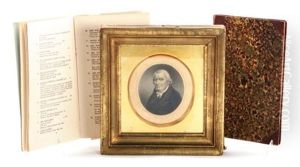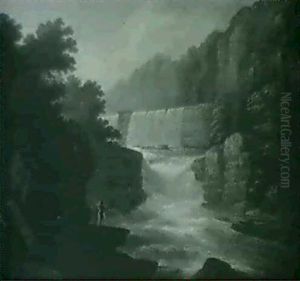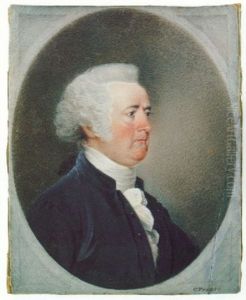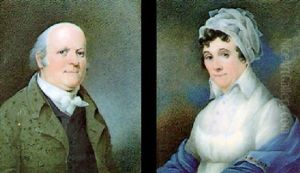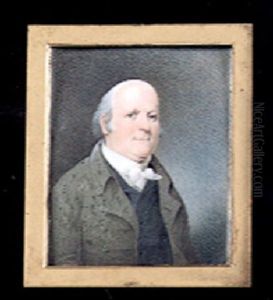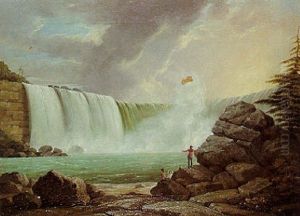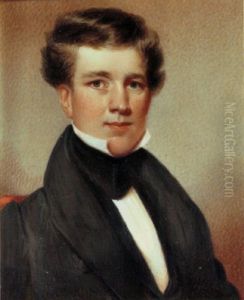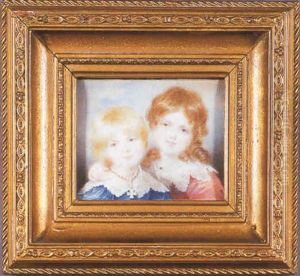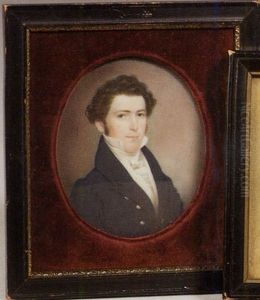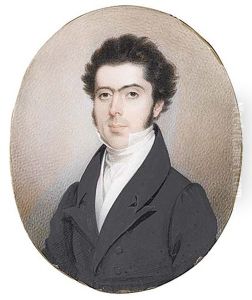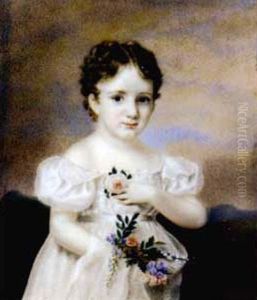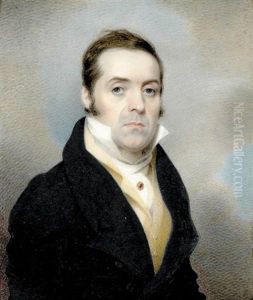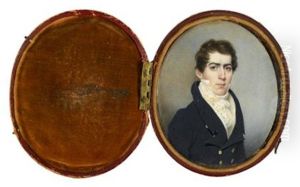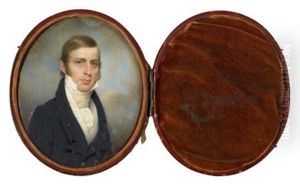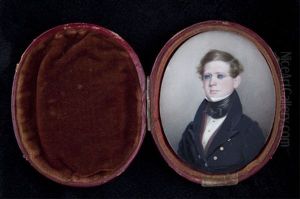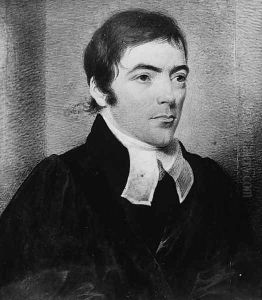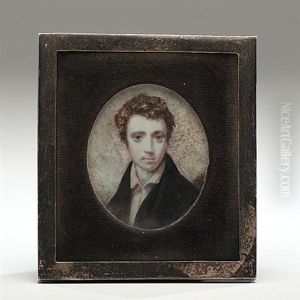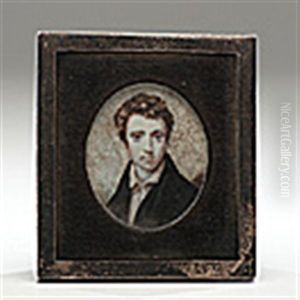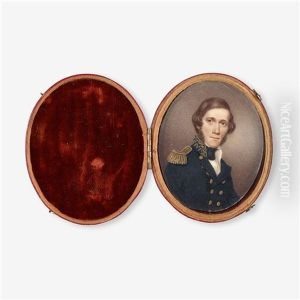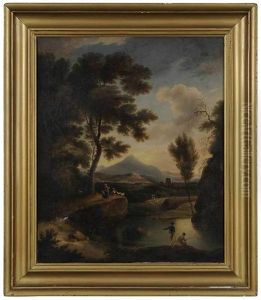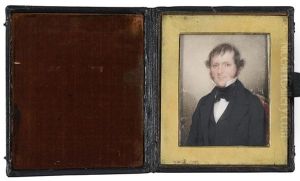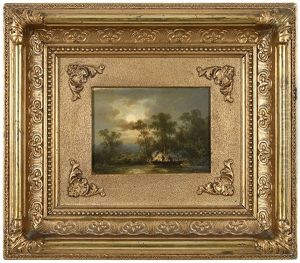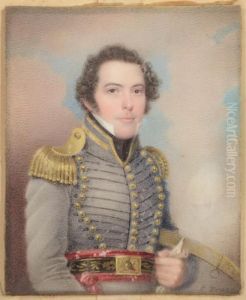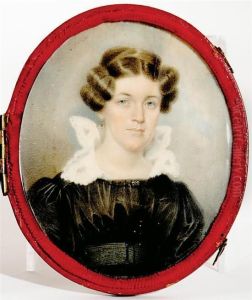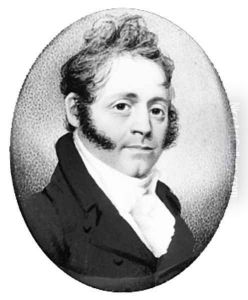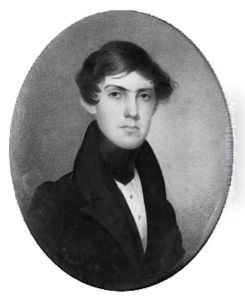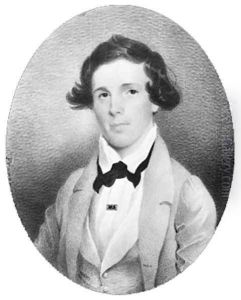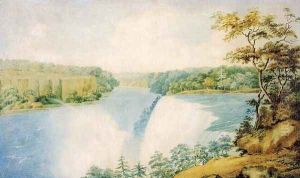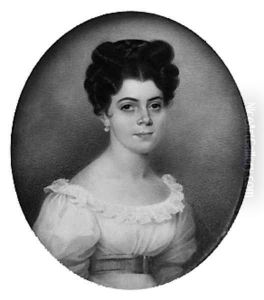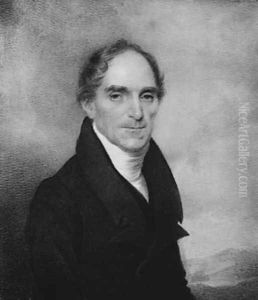Charles Fraser Paintings
Charles Fraser was an American artist born on August 20, 1782, in Charleston, South Carolina. He is best known for his miniature portraits in watercolor on ivory, a popular medium of the time for personal portraiture. Fraser was raised in a prosperous mercantile family and received his early education in Charleston. His interest in art began at a young age, and he was largely self-taught, drawing inspiration from European masters and the burgeoning American art scene.
As a young man, Fraser studied law and practised for some time, but his passion for art persisted, leading him to pursue a career as a professional artist. By the early 19th century, Fraser had established himself as a prominent miniaturist in Charleston and the Southern United States. He captured the likenesses of many notable figures of the era, including political leaders, wealthy planters, and distinguished members of society.
Throughout his career, Fraser was influenced by the work of notable artists such as Gilbert Stuart and Edward Greene Malbone, who were known for their portraitures. Fraser's miniatures are characterized by their delicate detailing, accurate representation, and the ability to convey the sitter's character. His work provides a valuable glimpse into the Antebellum South and the people who lived during that period.
Aside from his artistic pursuits, Charles Fraser was also active in the cultural life of Charleston. He helped to establish the South Carolina Academy of Fine Arts and was a member of the Literary and Philosophical Society of South Carolina. His contributions to the arts and his efforts to foster an appreciation for art in Charleston were significant during his lifetime.
Fraser's work declined in popularity with the advent of photography, which offered a new and more accessible means of portraiture. Despite this, he continued to work and contribute to the art community until his death on October 5, 1860. Today, Fraser's miniatures are considered important works of American art and are held in various museum collections, including the Metropolitan Museum of Art in New York and the Gibbes Museum of Art in Charleston.
